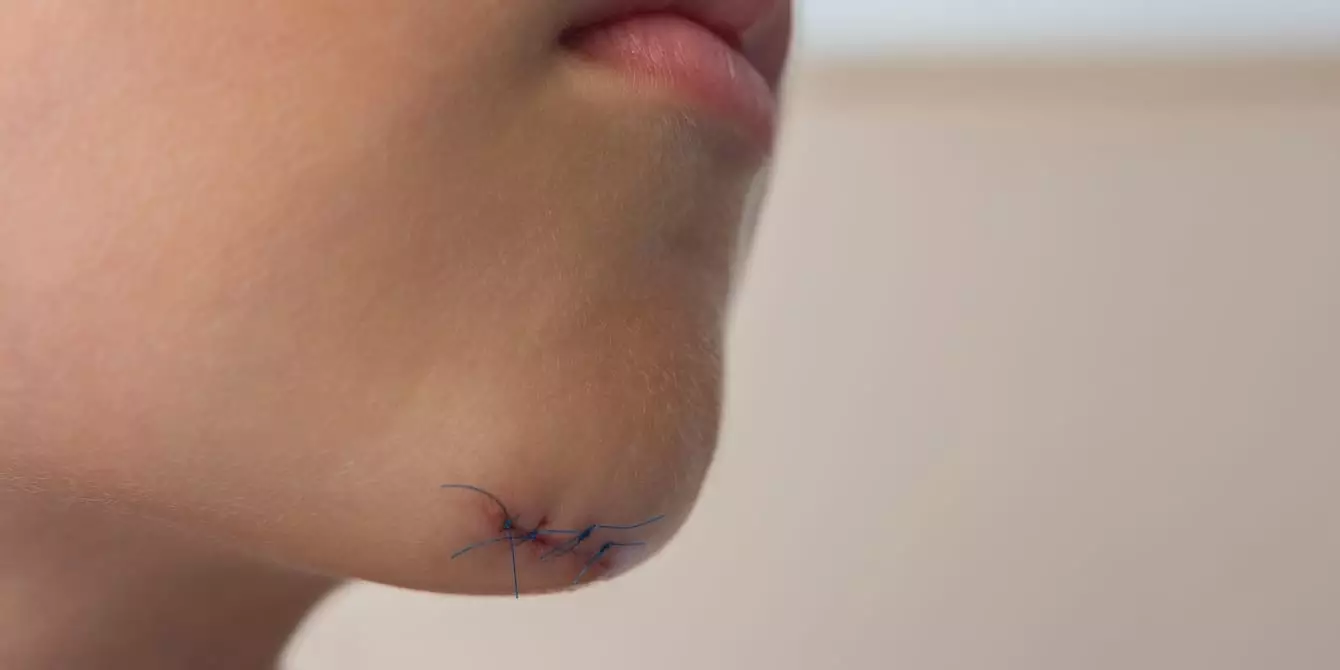Experiencing a child’s injury can be one of the most harrowing events for a parent. Recently, I found myself grappling with this reality when my two-and-a-half-year-old suffered a nasty fall while playing at the playground. One minute, he was balancing on the edge of a play structure; the next, he tripped and hit his forehead on an unforgiving slab of concrete. The suddenness of the incident rattled me, a reminder of how quickly joy can turn to fear in the lives of young children.
The Fear of Medical Procedures
In moments like these, the hospital visit often looms larger in many parents’ minds than the initial injury itself. The thought of navigating through x-rays, stitches, or casts can be overwhelming. For parents, this period can feel chaotic, especially when you factor in a scared little one who may not understand what is happening. Our own experience included a visit for stitches, where I witnessed my child cry due to the pain of the anesthesia injection. But amidst the tears, he surprisingly exclaimed, “That was fun!” when we were finally leaving. This unexpected response got me thinking—why was he able to see elements of fun, despite the pain?
Reflecting on that hospital visit led me to realize that preparation played a crucial role in how my child handled the situation. It’s essential for parents to communicate openly about what their children will encounter, as this knowledge can transform fear into a sense of ownership over their experiences. By preparing them for each step, from seeing the nurse to undergoing a procedure, we set a foundation of trust and calmness that enhances their ability to cope.
Kids thrive on predictability; when they know what is going to happen, they can brace themselves mentally. I have learned that it’s best to be straightforward and honest. For example, let them know if something might hurt, even a little. Instead of using vague terms, I found it effective to name the tools and procedures involved. This honesty can sometimes ease anxiety, allowing children to feel more in control and less scared.
During medical visits, I also suggest to the doctor that they actively engage my child in the process. This may involve showing them the instruments being used or explaining step-by-step what is about to occur. By making the child an active participant rather than a passive observer, their level of acceptance can improve. For instance, by narrating what the doctor is doing or sharing simple explanations about the instruments, we demystify the situation. My experience shows that this kind of dialogue works wonders for young patients, enabling them to focus on the narrative rather than the potentially stressful realities.
Many healthcare professionals differ in their approaches to children; some understand the requirement of gentle pacing and receptivity, while others might be less adaptive. In handling these situations, I find it helpful to initiate the conversation in a way that encourages the doctor to involve my child more actively. Asking for transparency regarding the instruments and procedures can lead to a more constructive environment.
The instinct to distract children during uncomfortable moments is common, but I’ve come to believe that this approach may inadvertently foster more anxiety. Instead, a strategy of preparation and involvement can pave the way for greater ease and understanding. For example, if an injection is necessary, showing the needle and explaining where it will go allows the child to mentally prepare. It is critical to emphasize that while they may feel discomfort, they have agency in the situation—like choosing the site of the injection.
To approach difficult medical situations with a mindset of belief and encouragement can be transformative. Give your children the chance to rise to the occasion; they may surprise you with their resilience and adaptability. After all, by believing in your child’s ability to handle discomfort, you instill a sense of confidence that may even turn a frightening experience into one they narrate as “fun.”
Ultimately, while we can’t shield our children from all injuries or necessary medical procedures, we can equip them with the tools to face these challenges. In doing so, we not only provide comfort in times of need, but we also empower them to navigate their journey with courage and strength.

